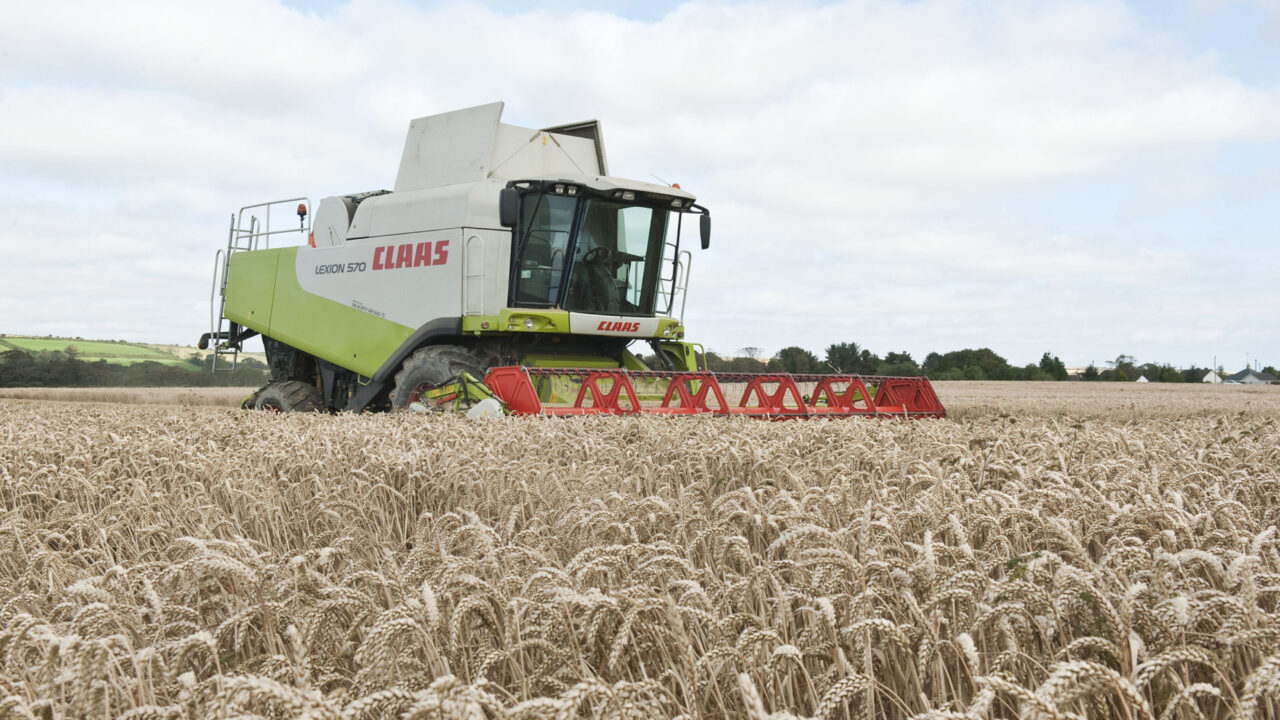Early sown winter cereal crops face a high lodging risk, warns ADAS tillage specialist Dr Pete Berry.
Thick growth during a mild autumn has left many September-drilled crops in the UK with poor anchorage, due to tightly-packed plants having limited space for root spread, and weak stems, as a consequence of large, competing tiller numbers.
“Anchorage strength is determined by how widely plants are spaced,” said Berry.
“Crops that establish well, and that are drilled at a high seed rate, will have smaller root anchorage systems. Crops with a dense number of tillers, either through close plant spacing or lots of tillers per plant, will have weaker stems.”
He added that frost heave in soils can also reduce root anchorage, while waterlogging can also reduce crown root growth.
Dr Berry suggests growers consider lodging management, such as: rolling in suitable conditions to consolidate the soil around roots; applying plant growth regulators (PGRs); and delaying the first nitrogen fertiliser application in winter wheat to try to thin out tillers, although there is less scope in barley as N delays can damage yield potential.
“Rolling must be done by Growth Stage 30 to help avoid damage to the growing tip, while PGRs should be applied as a split programme,” he said.
Teagasc crop specialist Michael Hennessy pointed out that plant numbers, particularly in winter wheat crops, tend to be higher in Ireland than in the UK.
“Winter cereal crops have grown on tremendously well over the past number of months. The excellent establishment conditions last autumn provided crops with the best possible start. This was followed by an exceptionally dry winter,” he said
“As a consequence, there are no bear patches in fields and plant numbers are exceptionally high. In these circumstances the best way to prevent lodging later in the season is through the implementation of a targeted N fertiliser programme.
“We recommend that 25% of the crop’s requirement should be sown out around St Patrick’s Day with the remainder applied at Growth Stage 31, which is normally achieved around the middle of April.
“In our experience rolling will not play a role in reducing a crop’s predisposition to lodging. If anything, it will actually help to increase tiller numbers.”
